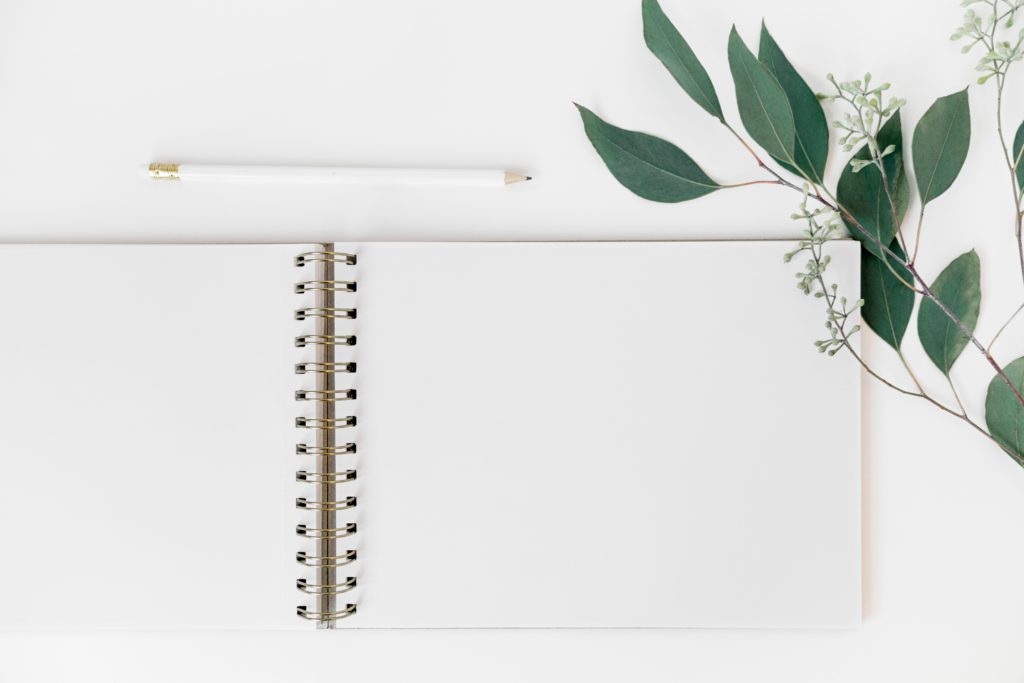It is that time of year. The beginning of November and the stir and talk of gratitude. Gratitude is defined as, “Strong feelings of appreciation towards something or someone.” Or, “The quality of being thankful.”

It is likely that you have heard before that a practice of gratitude can increase your level of happiness. Or perhaps you may KNOW you Should be more grateful, yet at times is may be difficult to FEEL grateful. It can be a struggle to cultivate and practice gratitude when life is hard. When you are struggling. When you are carrying a heavy load. When you feel burdened down with depression or spinning with anxiety. When you feel it difficult to catch your breath. When you may be carrying the question of, Why? Perhaps, you have a grieving heart.
I would like to offer a bit of the science behind the practice of gratitude and offer a simple way to build a lifestyle filled with gratitude.

The Science of Gratitude
Research has shown that gratitude can increase life satisfaction, lower levels of inflammation, improve sleep quality, boost physical health, build resiliency, decrease levels of fatigue, strengthen relationships and build self-esteem. The benefits are abundant. Gratitude requires that we slow down our daily hustle and be PRESENT. It forces us to build new pathways in our brain and nervous system regulation in response to daily life. It helps us overcome our innate negativity bias, which is our human tendency to focus on the negative. Gratitude can help disconnect us from constant loops of worry and rumination. It literally can change your thinking patterns. It can help carry you from a nervous system state of fight, flight or freeze into a place of calm, safety and connection.
Feelings of gratitude are evoked in regions of the brain that are responsible for emotional regulation, empathy, decision making, and self-control. Research has also shown that the neurotransmitters, dopamine and serotonin, are released when one receives or expresses gratitude. These neurotransmitters are known to produce feelings of well-being and connection, also known as the “feel-good” hormones.
The Art of Gratitude
Now that we know some of the science behind gratitude how do you put it into practice? How do you put it into practice when all is “right” in your world? And how do you put it into practice when your life feels heavy and dark?
The answer lies in searching for the tiny MICRO-MOMENTS of JOY throughout your day. What is a micro-moment of joy? It is making a conscious effort to search for something that is going right. It is to be on the look out for something that you are grateful for, something that you enjoy, something that makes you smile or feel happy, or evokes feelings of peace. They are SMALL moments of your day. The key is to not only notice these things but to SAVOR them. To truly take in the moment and engage your senses. This savoring practice takes anywhere from 10-30 seconds. By savoring your are wiring the good into your implicit memory. These moments are simple. They could be the smell of Fall air, the smell of a savory meal cooking, the first sip of your favorite drink, the touch of your child reaching for your hand, the gaze of your partner, the sunset, the voice of your little one, or your pet snuggled up. The tiny moments will add up and you will be surprised how much good lies within the moments of your day. The good is there. You just need to retrain your brain to find it. These moments are abundant, though often fleeting. If you find yourself living on auto-pilot taking time to look for micro-moments of joy will guide you in living a more conscious and mindful life.

Three Tips To Cultivate Gratitude
Gratitude studies show that the benefits of a gratitude practice work best when practiced consistently over time. To best reap the benefits of practicing gratitude, the practice needs to become a way of life. The following three tips will help you in becoming more conscious in noticing and savoring the micro-moments of joy in your day. Rewiring pathways in your brain to notice the good.
1). Begin a gratitude journal. I know not everyone enjoys journaling. The key is to keep it simple! Get a journal and at the end of the day (or whatever time of day works best for you) write down 3-5 things that you are grateful for that day. You need to stick with this for it to be effective. Try keeping your journal in a place where you can see it and pair it with an activity that you already do consistently, like brushing your teeth every night.
2). Set a gratitude alarm reminder on your phone. Every day when your gratitude alarm goes off pause and focus on something that you are grateful for. Pause and notice your environment, notice what you are doing, what you are thinking, and what you are feeling. You may even want to keep a note on your phone and write down whatever comes to mind. If there comes a time when you are feeling down, pull out the “Thankful List” on your phone and review it.
3.) Begin each day with the goal to notice something that you are grateful for that you have never noticed before. I LOVE this one. Often our gratitude lists will have many repeat things or people that we are grateful for. Of course this makes sense. However, if you want to really become more mindful into the daily micro-moments of joy, and are up to a challenge try this one. Consciously remind yourself of your intention every morning. Perhaps, you have a sticky note to remind you. Then at the end of the day review whether it be through journaling, your own thoughts, or with a partner or friend what you noticed that day. This could be the simplest of things!
Grief and Gratitude Can Coexist

I am a firm believer that grief and gratitude can coexist. The practice of gratitude is not pretending everything is okay, when it is not. It is not avoiding or numbing difficult emotions. You allow and make space for both. For the tears and for the laughter. For the anger and for the calm. If you are in the midst of a storm and find it very difficult to practice gratitude I would challenge you to look for the tiniest micro-moments of joy. To look for the glimmers in your day.
“The more grateful I am, the more beauty I see.” – Mary Davis
Posts of Educational purposes only. Not a replacement for therapy or professional services.
